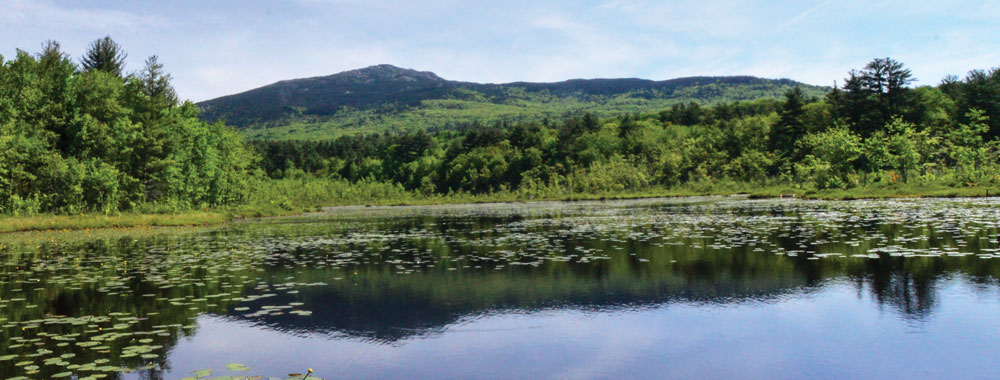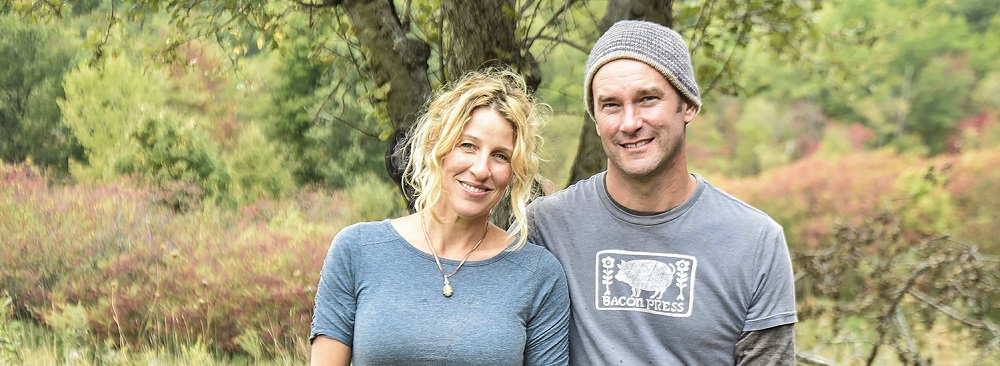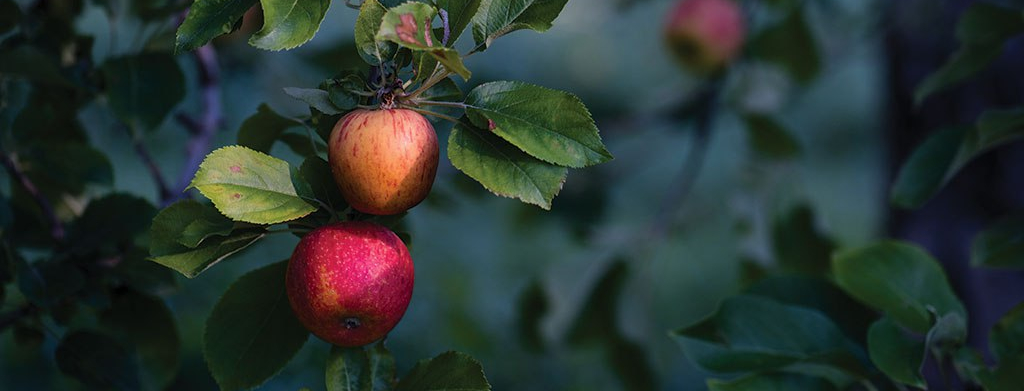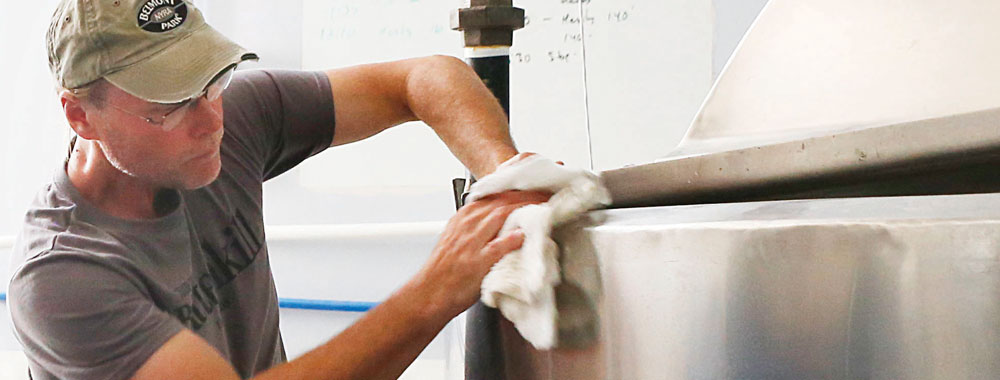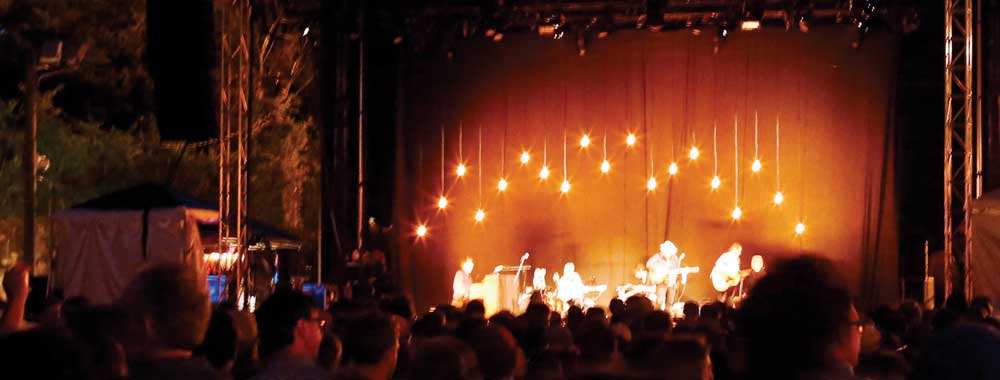
By Bob Audette
I don’t recall when I first summited Mount Monadnock in Jaffrey, N.H., but it has loomed over my life since my folks uprooted me and my two brothers from suburban Connecticut to the rural, rough-and-tumble village of Troy, N.H., in 1968.
In my first dozen years or so in the Granite State, I often cast my gaze in passing or in reflection upon the rocky top of Mount Monadnock. But preoccupied with the woods, friends in the neighborhood and struggling with adolescence in the turbulent 1970s, I never felt the need to tackle the challenge. After high school, like so many newly formed adults, I fled for greener pastures, eventually ending up in the service, cranking a wrench on fighter jets.
Ten years later, I would return to the Monadnock Region, recently discharged from the Air Force and fleeing a disastrous marriage. With college money in hand, I enrolled at Keene State College and began my intrepid foray into a career in journalism. I threw myself into my studies, and in the meanwhile, Mount Monadnock beckoned.
With the companionship of my good cousin Mark, I attacked the mountain with ferocity. Several times a week, we tackled the many trails — Marlborough, Dublin, Toll Road, Cliff Walk, etc. — in all kinds of weather and at any time of the season, day or night. We took it as a badge of honor to summit the peak in the worst weather imaginable. We also looked forward to full-moon nights for what often turned out to be gloriously lonesome hikes on what has been termed the second-most climbed mountain in the world. No words can describe the transcendent beauty of squatting on the peak as moonlight cloud shadows flit across the landscape or seeing the glint of the rising sun reflecting off skyscrapers in Boston, nearly 90 miles away.
Of course, Monadnock and transcendence go hand in hand. After all, many of the great transcendentalists of the 19th century found inspiration on the mountain.
In 1846, Ralph Waldo Emerson wrote “Monadnoc,” an epic poem that many credit for establishing the Transcendentalists’ principle that nature can be a teacher for those who listen, observe, absorb and reflect. “And comest thou/To see strange forests and new snow, And tread uplifted land?” wrote Emerson. “And leavest thou thy lowland race, Here amid clouds to stand?”
Other writers and artists who scaled Grand Monadnock’s slopes included Henry David Thoreau, Edward Arlington Robinson, Mark Twain, H.P. Lovecraft, Amy Lowell, Rockwell Kent, Galway Kinnell, Willa Cather, Rudyard Kipling, Alan Havhannes, Abbot Thayer and William Phelps.
Not that I would ever be so hubristic as to include myself in the ranks of the previously noted greats, but I understand why they were drawn to the mountain. It entices people, and not just due to its status as the sole rocky peak in southern New Hampshire.
(According to various sources, the word “monadnock” is an Abenaki-derived word used to describe a mountain. Loosely translated, it means “mountain that stands alone,” although the exact meaning of the word is uncertain.)
The physical act of climbing any mountain is a purgative, literally cleansing the body of impurities through sweat and heavy breathing, and figuratively cleansing the mind of extraneous thoughts and the soul of burdensome emotions. While I have sought the physical exhilaration of steaming up the mountain and hopping from rock to rock on the way down, the true reward for me has always been the way a good hike to the top makes me think and feel.
And judging by the many people I see attempting the various trails on the mountain, I am not the only one who is attracted to Monadnock. Of course, one of the main reasons it hosts so many pairs of feet is its accessibility.

The 3,165-foot peak has multiple trailheads that are easily accessed from the various roads that wind around its flanks. Trail lengths vary, from the two-mile ascent up the White Dot, which starts at park headquarters in Jaffrey, to the four-mile Pumpelly Trail, originating on the Dublin/Peterborough side of the mountain. Most trails — and these include the eponymous Dublin and Marlborough trails — average a little more than two miles to the top. For all of these except the Pumpelly Trail, you should expect to be hiking for three to five hours, depending on your pace, how many times you stop along the way to admire the view and how long you linger on the top.
The White Dot, the White Cross and the White Arrow are the most popular, as can be witnessed by the deluge of day trippers on weekends, but the mountain is laced with other trails and linked possibilities that can get an intrepid hiker far from the madding crowds. These often solitary forays include the almost primeval Mossy Brook Trail, the rocky Sidefoot Trail, and Lost Farm and Cliff Walk, which zigzag to the top through various riparian zones. There are many other paths to the top or around the mountain that are well-worth exploring, including a maze of trails between the White Arrow and Cliff Walk, and Fairy Spring, the Red Spot, Amphitheater, Smith Connector, Cascade Link, Monte Rosa and Bald Rock trails.
Whatever trail you choose, expect to see crowds of smiling people at the top (especially during foliage season), snapping selfies with their friends, sharing trail mix or a granola bar, or writing in battered journals. The mountain attracts all kinds of people, from nearby towns, across the country and around the world, in various levels of physical fitness, so despite your ability level, you won’t feel alone on the trails or at the top.
Getting there is simple enough. From the Berkshires and Vermont, head to Keene, N.H., and then travel east on Route 101 toward the mountain. It’s best to know in advance which trail you plan to attack, because you’ll eventually need to turn off of Route 101 to access the various trailheads.
There are several good websites that can help you plan your trip, including monadnocktrails.com and trailfinder.info. A trail map can be found at nhstateparks.org.
I hope you decide to hit the mountain, and if you do, look for me and say hello. I’m usually hoofing it to the top every weekend, and though I can normally be found on one of the side trails, all trails eventually lead to the top where you might find me sipping an ice-cold porter, contemplating the sublime truth that after we are all gone, Monadnock will reside, grand and patient for the next weary soul searching for redemption.

Bob Audette has been writing for the Brattleboro Reformer for close to 15 years. When he’s not working or hanging out with his 6-year-old son, he can often be found on one of the many trails leading to the summit of Mount Monadnock, in southern New Hampshire.
